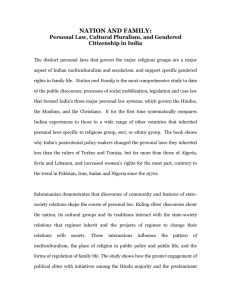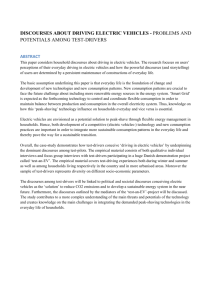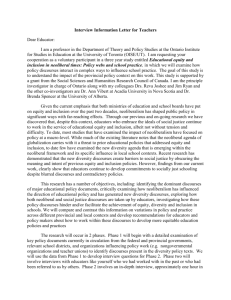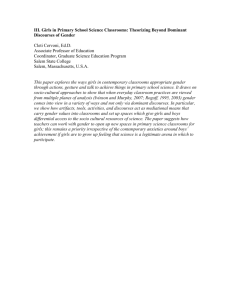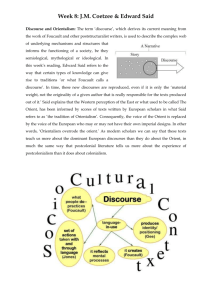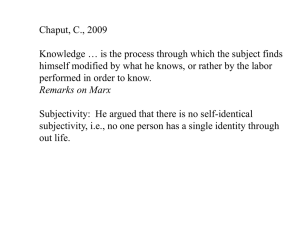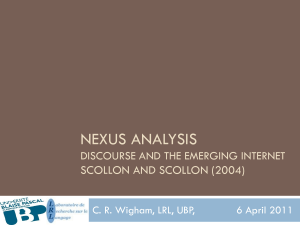Gallas Summary
advertisement
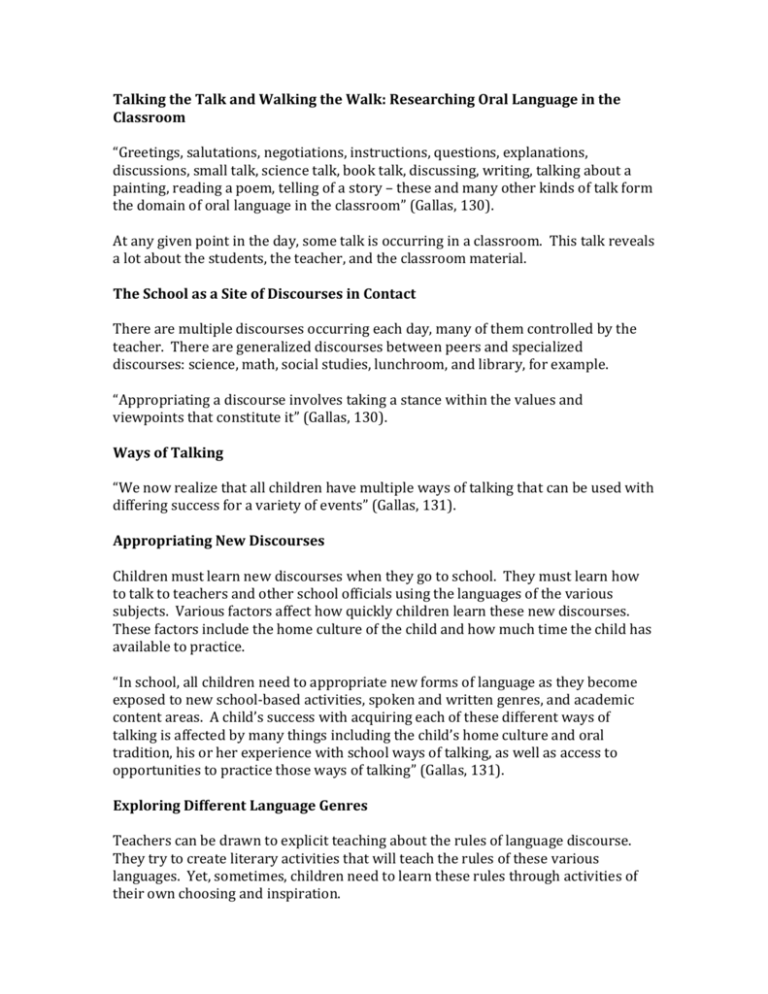
Talking the Talk and Walking the Walk: Researching Oral Language in the Classroom “Greetings, salutations, negotiations, instructions, questions, explanations, discussions, small talk, science talk, book talk, discussing, writing, talking about a painting, reading a poem, telling of a story – these and many other kinds of talk form the domain of oral language in the classroom” (Gallas, 130). At any given point in the day, some talk is occurring in a classroom. This talk reveals a lot about the students, the teacher, and the classroom material. The School as a Site of Discourses in Contact There are multiple discourses occurring each day, many of them controlled by the teacher. There are generalized discourses between peers and specialized discourses: science, math, social studies, lunchroom, and library, for example. “Appropriating a discourse involves taking a stance within the values and viewpoints that constitute it” (Gallas, 130). Ways of Talking “We now realize that all children have multiple ways of talking that can be used with differing success for a variety of events” (Gallas, 131). Appropriating New Discourses Children must learn new discourses when they go to school. They must learn how to talk to teachers and other school officials using the languages of the various subjects. Various factors affect how quickly children learn these new discourses. These factors include the home culture of the child and how much time the child has available to practice. “In school, all children need to appropriate new forms of language as they become exposed to new school-based activities, spoken and written genres, and academic content areas. A child’s success with acquiring each of these different ways of talking is affected by many things including the child’s home culture and oral tradition, his or her experience with school ways of talking, as well as access to opportunities to practice those ways of talking” (Gallas, 131). Exploring Different Language Genres Teachers can be drawn to explicit teaching about the rules of language discourse. They try to create literary activities that will teach the rules of these various languages. Yet, sometimes, children need to learn these rules through activities of their own choosing and inspiration. “We believe, however, that explicitness alone cannot bridge the gap between home and school ways of talking; there is a need for functional, child-orchestrated language practice within socially meaningful settings” (Gallas, 132). Explicit Practice in Discussion “Of course, there is a need for explicit instruction in the rules of how to talk in specific classroom literacy events” (Gallas, 132). Students need spontaneous, child-inspired practice in discourses, but they also need direct, explicit instructions in school-specific discourses: science, math, social studies, etc. Talk Across Disciplines Some argue that students’ home discourses should be honored and used in classrooms on a daily basis to validate the student and enable them to participate in the classroom culture. Others argue that the novelty of the new, school discourses encourages students to try something new and step out of the box. Science Talk “Their understandings were built within classroom communities where the students’ home culture and oral tradition were highly valued” (Gallas, 134). Students use personal narratives and stories to create understanding of science terms. Talk About Text Discussion about written texts adds meaning to the text. Students discuss the text to truly understand the text. “When teachers and children meet to discuss different kinds of texts – literature, pictures, stories, poems, a solution to a math problem – they present multiple, divergent voices that sometimes compete, but are always involved in an ongoing struggle for meaning and growth” (Gallas, 134). The Role of Intention There are different purposes for talk. Students may talk to validate a previous speaker or idea, or they may talk to argue with a previous speaker or idea. There is a motive behind talk; this motive should be analyzed carefully because it affects the way the talk is received by listeners. “In these stories, talk and text were used in opposite ways: in the first to undermine the intentions of the text, in the second to assume a collaborative tone” (Gallas, 135). Unofficial Talk in the Classroom “Children’s spontaneous talk has the potential to reveal how children come to know the culture of ‘doing school,’ and also how they use the unofficial worlds of the classroom to explore concepts that they are learning in the official world” (Gallas, 136). Unofficial talk (talk not directly related to classroom subjects) still affects learning. Teachers need to be aware of this talk in order to truly understand how talk occurs in and shapes the classroom.
